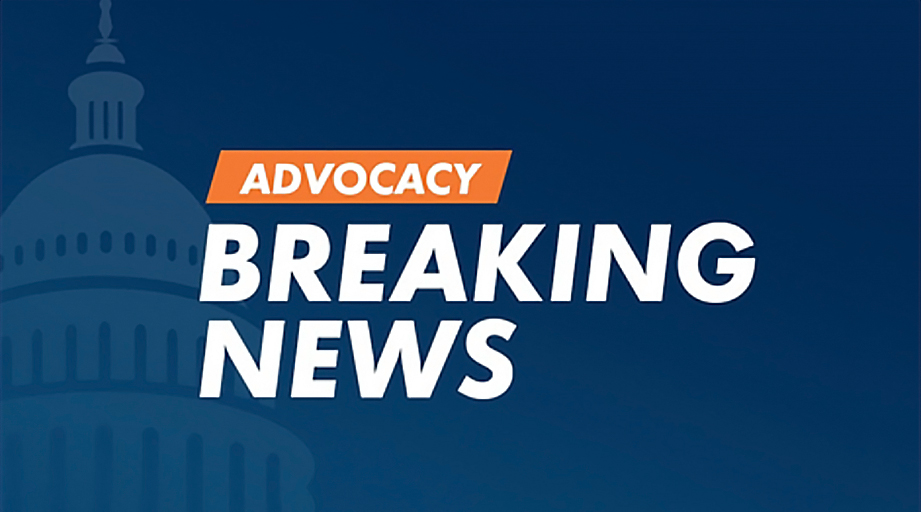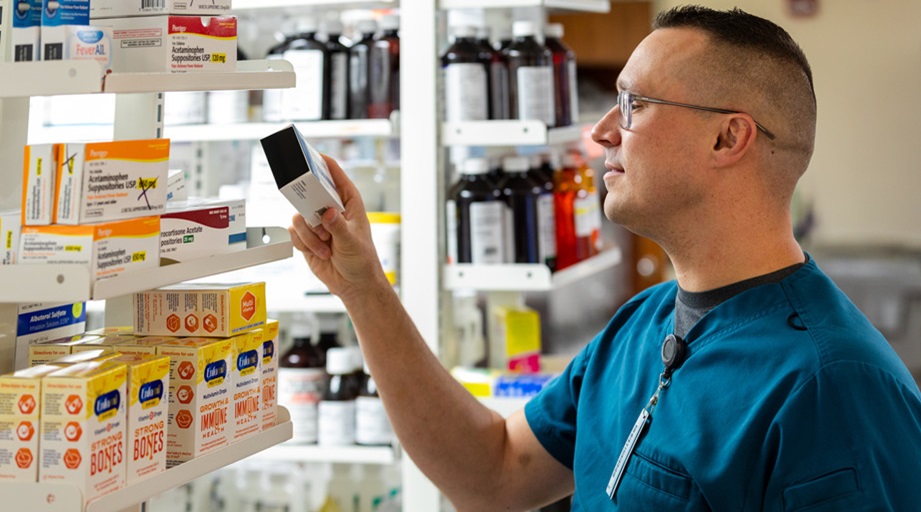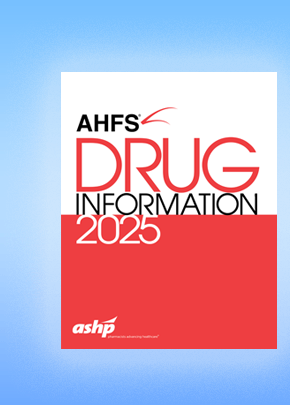
The rules of engagement surrounding medical marijuana use are constantly changing and vary greatly from state to state, putting the onus on healthcare providers to navigate a complex landscape.
High Maintenance: Joint Decision-Making for Cannabis in the Healthcare Setting, presented Dec. 8 at the ASHP Midyear Clinical Meeting & Exhibition, explored the legal, regulatory, clinical, and logistical factors pharmacists must consider to provide the best care for patients who use or could benefit from cannabis-derived products.
While much of the country has legalized or decriminalized marijuana, it remains a Schedule I controlled substance under federal law, and the Food and Drug Administration (FDA) has not approved a marketing application for marijuana for the treatment of any health condition.
The FDA has approved one cannabis-derived drug and three marijuana-related drugs — but the actual scope of medical use is much larger, thanks to the increasing availability of commercial cannabis products. As of May 2024, 38 states, the District of Columbia, Puerto Rico, Guam, and the U.S. Virgin Islands have comprehensive laws and policies allowing for the medical use of marijuana.
“Most state regulations are going to be in direct contradiction to our current federal law, and every state does this differently,” stated Amanda Grady, drug information clinical coordinator for The University of Kansas Health System. “It exposes [cannabis] users to risk if we don’t have federal standards and streamlined ways to make sure things are safe, efficacious, and reviewed appropriately.”
The responsibility for closing this wide legal and policy gap often falls to healthcare institutions, whether patients are using cannabis products recreationally or for medical reasons, she added.
The cannabis plant contains more than 200 chemical compounds, and research into their benefits and risks is “vast but not very deep,” pointed out co-presenter Ryan Hannan, a clinical pharmacist with the Mayo Clinic in Minnesota.
Endocannabinoid receptors are found throughout the body, and phytocannabinoids have been shown to have sedative, anti-inflammatory, anti-psychotic, anti-nausea, and other potentially therapeutic effects. Cannabinoid therapy has been used for dozens of health conditions, but at this point, the only FDA-approved indications are for anorexia, epilepsy, and nausea/vomiting. Current literature most strongly supports cannabis use for anxiety, insomnia, and pain management, especially in people with cancer.
Hannan walked Midyear attendees through the many considerations for evaluating the role of medical cannabis in a patient’s treatment. For example, cannabidiol (CBD) may interact with pharmacologic anxiolytics. When given to patients with insomnia, CBD can cause arousal at low doses and sedation at higher doses. People using cannabis to manage pain report less need for opioids and other analgesics — but treatment doesn’t translate into significantly lower opioid deaths. Most risks and adverse effects from cannabis increase with higher doses and longer-term use.
Hannan also pointed to the 2023 consensus guidelines from the American Society of Regional Anesthesia and Pain Medicine, which advise interviewing all patients to screen for cannabis use before administering anesthesia to reduce adverse events in the perioperative setting.
Because people can access cannabis in so many forms, from gummies to vaping to topical creams, the speakers recommended asking open-ended questions to determine the full scope of a patient’s use and how it may affect their care. Pharmacists working in inpatient settings must develop strategies to help cannabis users avoid drug interactions, wean themselves off the products if necessary, and find alternative therapies for managing their symptoms.
What’s more, pharmacists should keep in mind that a patient with suspected cannabis intoxication may in fact be experiencing toxicity from one of the hundreds of contaminants known to appear in non-FDA-approved cannabis products. Synthetic forms of cannabinoids, popularly known as K2 or spice, are also highly prone to contamination and more difficult to detect through toxicology screening.
Against this complicated backdrop, decisions about appropriate therapeutic cannabis use should be collaborative among members of the healthcare team and health-system leadership. Hannan recommended pharmacists take a practical stepwise approach: know your state’s marijuana legislation and your hospital policy, consider the clinical implications of continuing or stopping cannabis given a patient’s complete health and medication history, and then securely manage and document cannabis administration in the hospital setting if permissible in your state.
The presenters encouraged pharmacists to become more familiar with the evolving literature on medical cannabis, the range of available prescription and retail products, and the regulations and logistics pertinent to their practice — because cannabis use is only going to become more widespread.
Even where marijuana is legal, “there are no right or wrong answers” for therapeutic use, Hannan said.








